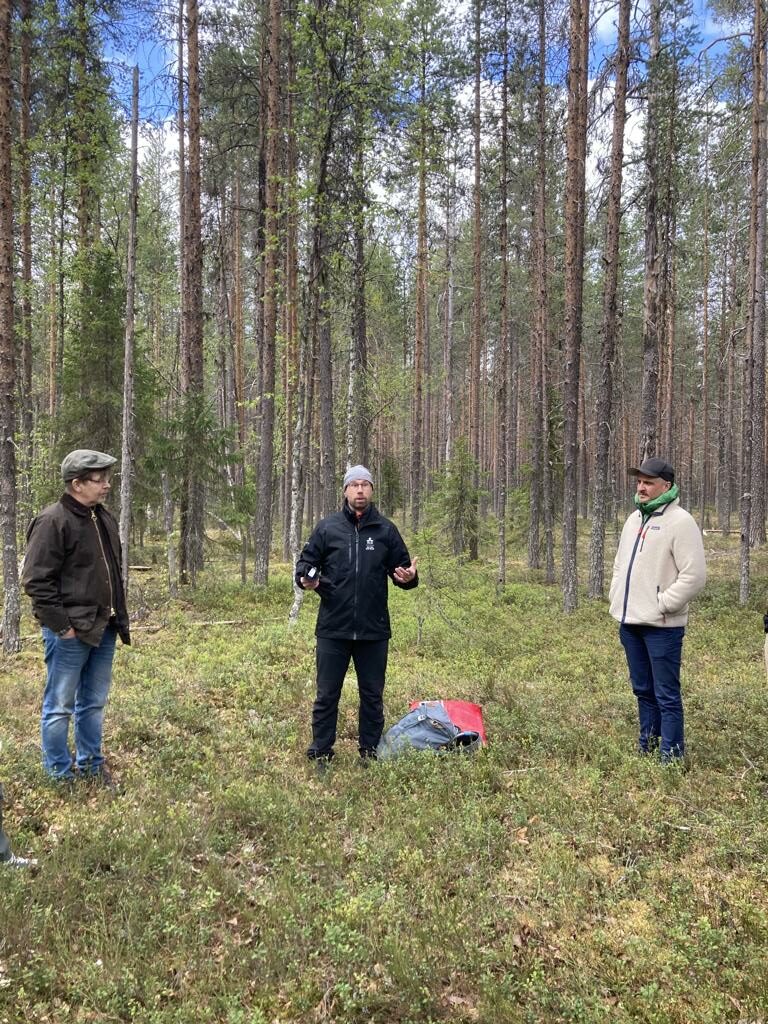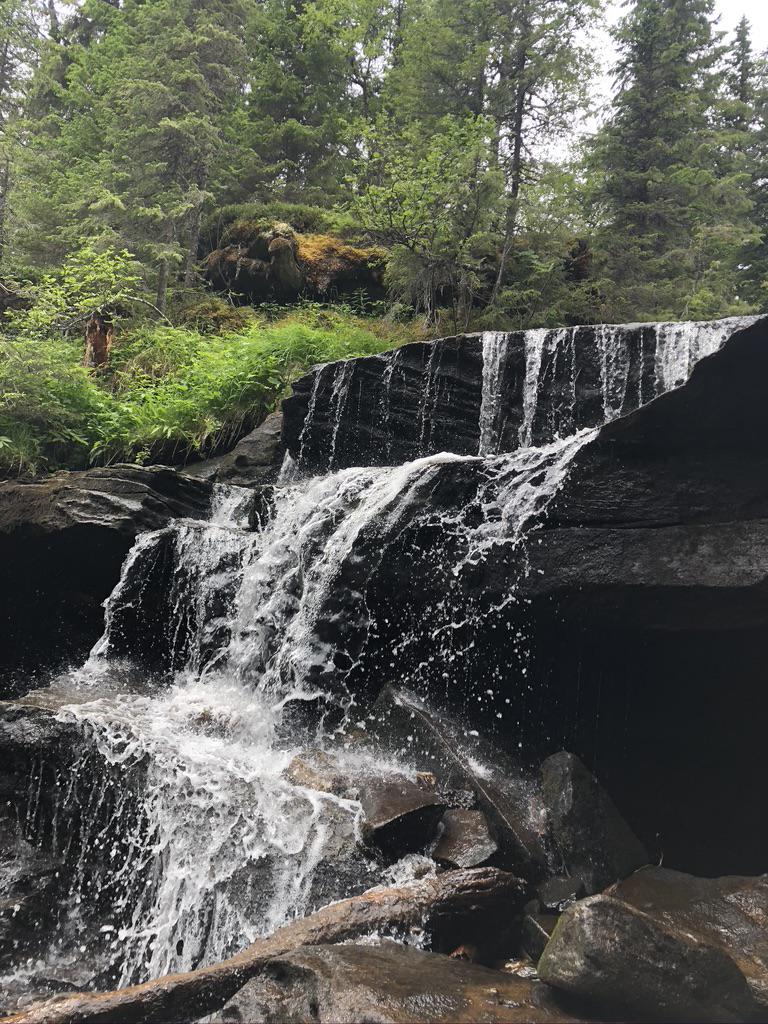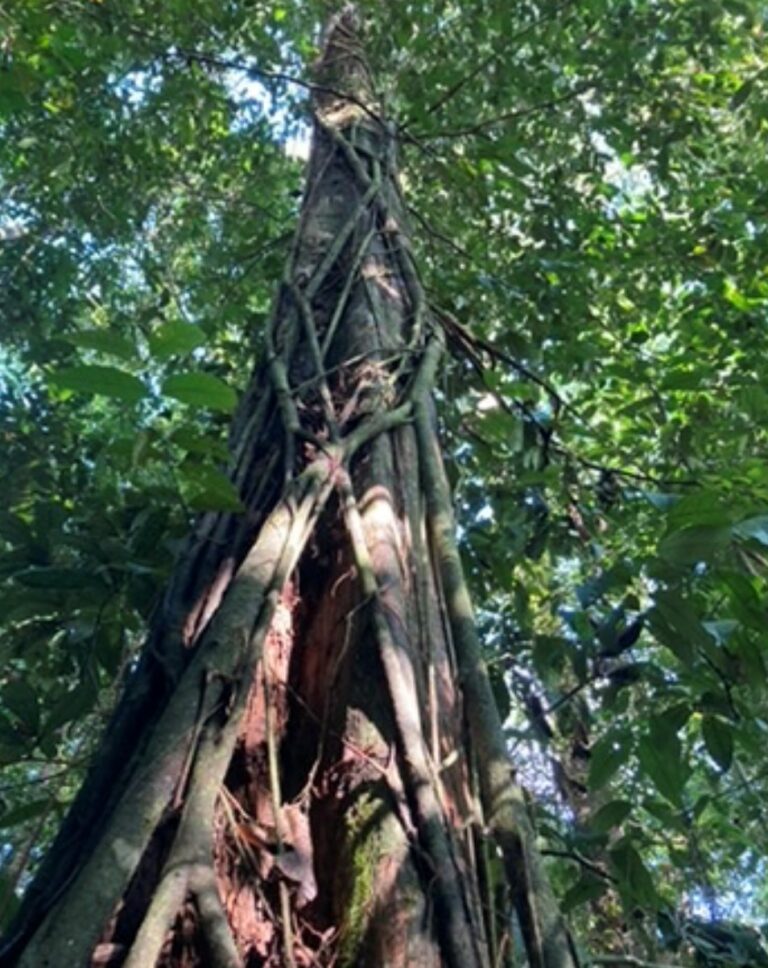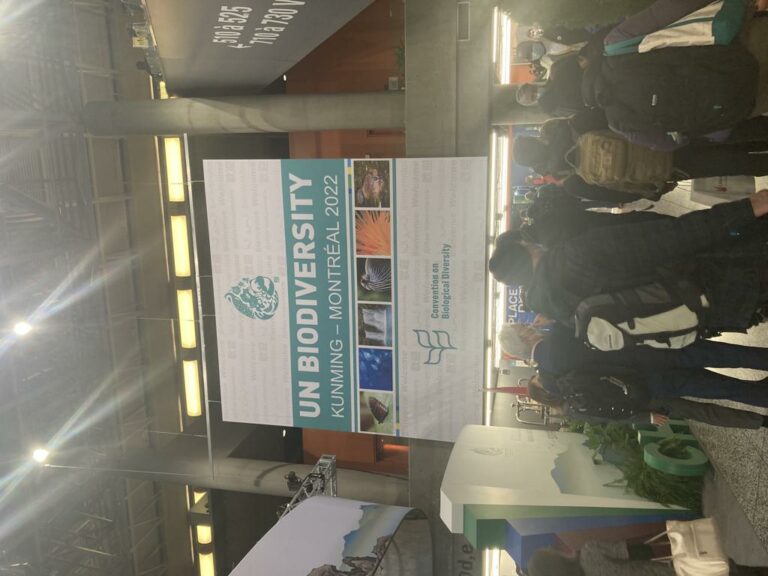I recently completed a tour of Southeast Asia to search for good examples of forest conservation and restoration. Out of the 10 projects I visited, all had positive results, but none were on a large scale. Why is that?
What Works?
Forest conservation will be effective if it is given the permanence it requires. Restoration efforts will also produce results. Any forest area with high natural values should be protected. If a forest is degraded, but still retains some of its qualities, it can recover well within 10-20 years with proper protection. If the degradation is severe, afforestation may be necessary.
To achieve these results, it is not enough to only focus on the forests. We must also work with the people who live near and around the forests, as well as those who have decision-making power over them. The social, political, and economic factors that influence how a forest is managed and used are often very complex. Poverty is often a major driver of deforestation, as people cut down forests to indirectly provide for their families. This may involve clearing forests for farming or grazing land, palm oil plantations, or even poisonous gold mining areas. These activities provide the only income that communities can generate under current conditions.
To change behavior, conservation efforts must provide more income than these practices do, or there will be no change. People living in poverty are not ignorant, but are simply trying to survive.
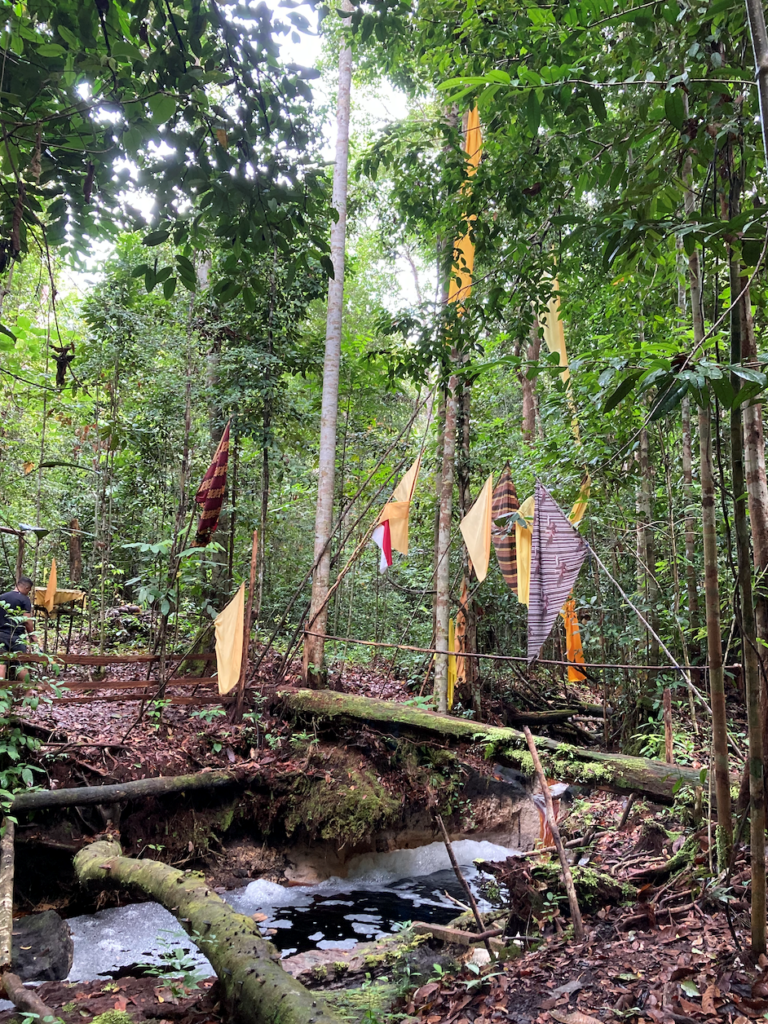
A sacred forest protected by a village in Indonesia. Often, the highest biodiversity values may be found in places like this.
What Does Not Work?
None of the projects I visited generated income for the communities near or around the forests that they depend on for their livelihoods. Despite the efforts of a few dedicated village leaders, the projects I saw were still struggling. There was still a lot of “leakage” around the projects, with destructive practices continuing.
Many projects focus on reforestation of degraded forests. In some cases, this is a good idea if the land is severely degraded and requires more work to establish a healthy forest. In other cases, reforestation is not necessary, as the forest will recover naturally if given the time. However, there is a fixation with planting trees as if this will solve all the problems. I have seen NGO projects that must report the number of trees planted to their governments in order to receive funding, so they keep planting trees in areas where they know they will not survive. None of the projects I visited could plant more than 100-200 hectares per year due to the lack of available plant material locally. To plant trees, the projects must either collect seeds from the forest or purchase seeds, then propagate them into seedlings. This process takes time, from 6 months to a year, and is not cheap. The capacity for plant production is often low, which limits the number of hectares that a project can plant. It also requires technical knowledge of tree nursery management, which is not readily available locally
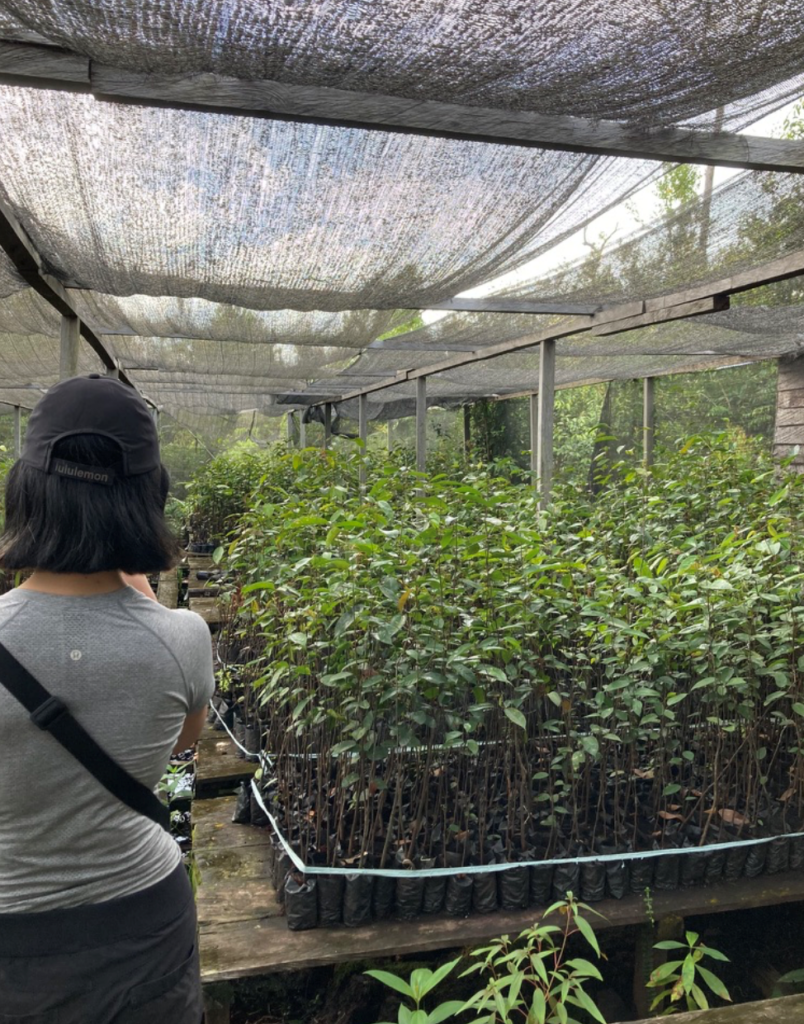
Local plant nursery for a peatland forest restoration project.
Additionally, many of the native tree species used for reforestation are not well researched. We know little about how to grow them or how they develop over time. There is some new and valuable research available, but more is needed.
What I have learned from this trip is that reforestation is not always the answer. The optimal solution will depend on the specific circumstances on the ground, but usually it will be enough to simply allow the forest to recover naturally and protect it from further degradation. This will only be possible if the local community is involved in its management and truly benefits financially from the income generated by the project. Needless to say, the project must generate significant income for it to be sustainable for the long term.


